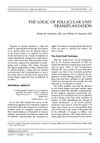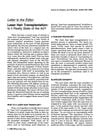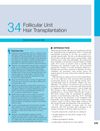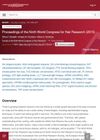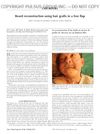The Art of Repair in Surgical Hair Restoration Part I
September 2002
in “
Dermatologic Surgery
”

TLDR The best results in surgical hair restoration come from careful techniques, optimal use of limited hair supply, correct hair direction, saving hair for key areas, understanding scarring effects, and adjusting hair graft density.
The 2002 paper "The Art of Repair in Surgical Hair Restoration Part I" discussed common problems and repair strategies in surgical hair restoration. The authors noted that correcting poorly executed hair transplants was becoming increasingly important. They emphasized that small grafts alone do not protect the patient from poor work, and that errors in surgical and aesthetic judgment, performing procedures on noncandidate patients, and failure to communicate realistic expectations were major issues. The paper presented new insights into repair strategies, including excision with reimplantation and/or camouflage, using follicular unit transplantation. The authors concluded that meticulous surgical techniques and optimal utilization of a limited hair supply were key to achieving the best possible cosmetic results. The paper also highlighted the importance of transplanting hair in the correct direction, reserving adequate hair for critical areas, and understanding the negative effects of scarring. The study found that the density of follicular units can decrease after surgery, and that hair shaft diameter significantly impacts hair volume. The authors recommended reducing the density of larger grafts by excising a portion of them and redistributing the hair into an adjacent area as individual follicular units.
